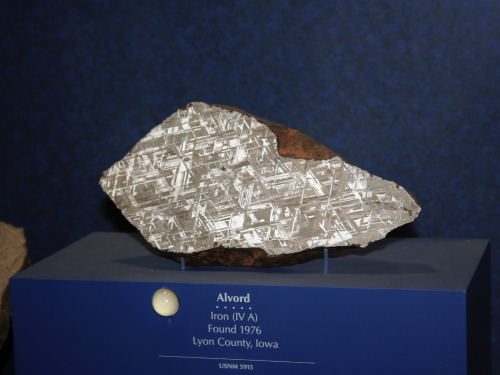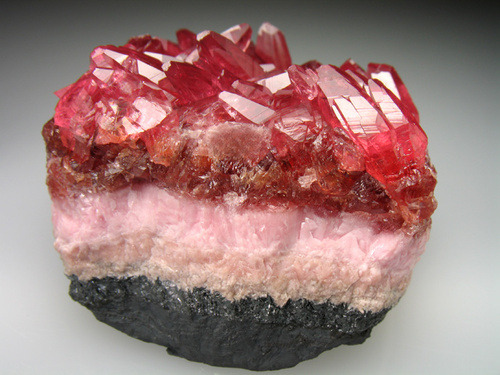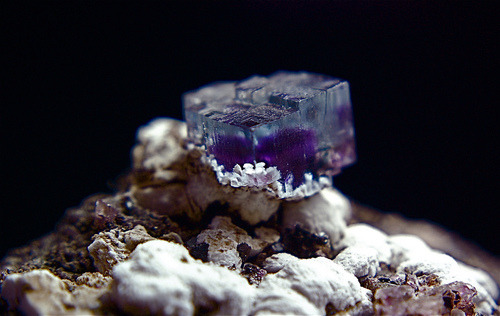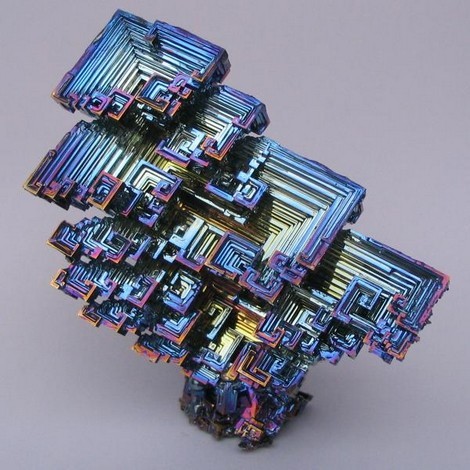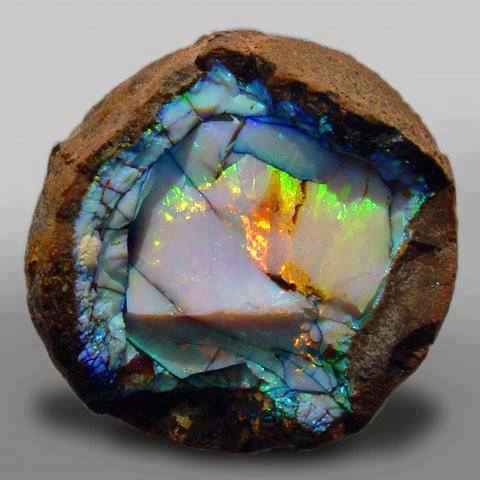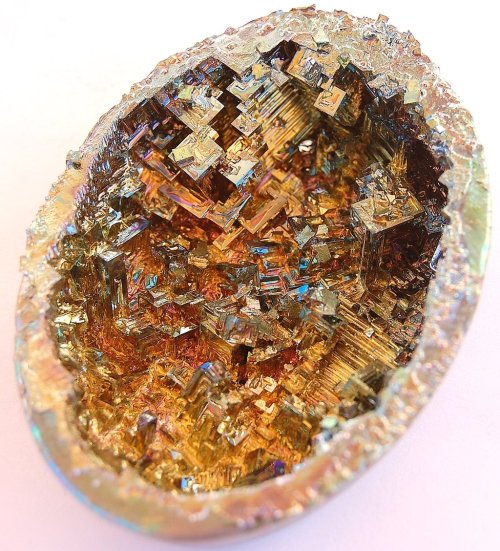Sandwich made with this new kind of bread I invented
I am often out of bread. It's a shame but I sometimes don't have time to buy bread or make bread, and then well that's how you get to be out of bread. A while ago I was
inspired by Jacques Pepin to try making a quick soda bread in a skillet. He did it on his show and it looked interesting so I did it a few times, but it wasn't great. Soda bread may be suitable for the some uses and I guess for the Irish, but it's a less than perfect substitute for real bread. Sorry the Irish, I speak truth to power. And drunks. And leprechauns.
A principle use for bread in our house is sopping, whether meat juices, barbecue sauce, runny egg, olive oil or soup, bread needs to be sop-worthy, and soda bread disintegrates too readily to sop. Compared to yeast bread, the crumb of soda bread is crumbly rather than spongy, which makes it terrible at sopping. Soda bread also tends to have a firm, craggy outer crust that can be hard and unpleasant to eat. French bread eats better even with a firm crust because the crust has a fine texture and acts like a kind of skin or envelope, holding together whatever you're eating. Soda bread also tends to have lingering aftertaste from the chemical leavening, a kind of baking soda bitterness that seems alien in my mouth. Soda breads are usually made with very little fat, which exacerbates the dry, crumbly texture. All tolled, soda bread is more of a biscuit or muffin than bread, and should probably be reserved for similar uses. Reserved for muffin duty.*
One night when Heather needed soup I made soup. No big deal, I'm on soup like Sinatra on the cigarette girl. Soup is my go-to, I can knock it out eyes closed. But Heather likes bread with her soup for sopping, and we were out of bread. I had been mulling over a couple of modifications to the skillet soda bread that might help with its deficiencies and this was a chance to try them out.
Both the texture of the crumb of yeast bread and the smooth resilience of its outside crust are the result of the gluten protein in the dough. The spongy interior is a web of protein that traps the fermentation gas of the yeast, and the gluten in the skin of the bread stretches as the dough rises and cooks to form a smooth browned exterior. To develop gluten, the protein needs to be teased away from the starch granules in the flour and then interlinked with other protein molecules to form a web. Conventionally, you develop the gluten by kneading the bread and giving it a long time to rise, but there are other ways. If the dough is extra-wet, almost a batter, then the starch molecules more readily free the gluten to do its thing, and if you use high-gluten bread flour rather than all-purpose flour there is more protein available and the gluten quickly becomes elastic. I had a hunch that using a protein-rich medium like eggs or milk to wet the dough also might help form the crumb.**
I decided to make a quick soda bread incorporating all these possibilities to see if it would function more like conventional yeast bread suitable for full bread duty***. I started the liquid medium with a couple of eggs, and when I reached in the fridge for the milk, I spotted a big tub of Bulgarian yogurt we'd bought on a whim at Andy's. Instantly I thought of a couple of reasons I should use the yogurt instead of milk. Yogurt has its milk proteins slightly curdled, concentrating and strengthening them, which might form a protein web with the gluten more readily. Also, the acid in the yogurt could be used to excite baking soda as a leavening agent, providing even more lift. I beat the eggs together with about an equal volume of yogurt. I don't know if Bulgarian yogurt is special, but it's pretty much like Greek yogurt, slightly less liquid than conventional supermarket plain yogurt. I had bought it because what the hell, Bulgarians can use my patronage, their roads are pretty fucked up. I added a couple of teaspoons of sugar and a pinch of salt to offset the tang of the yogurt, and it occurred to me that these three things, the yogurt's sourness, the salt and the sugar could all help to mollify the weird bitterness I associate with chemical leavening.
I melted some butter in a small non-stick skillet, about the size of an omelet pan but green and bought from the as-seen-on-TV store. These little things are great. They have a solid riveted handle, durable non-stick ceramic liner and are of heavier construction than anything else sold on TV. Definitely worth the six bucks or whatever. When the butter was melted I stirred it into the liquid mix and left the pan on the burner to heat.
I eyeballed the volume of the wet mix and made a scant pile of bread flour about the same volume in a small bowl, whisked-in a fat pinch each of baking soda and baking powder, then plopped them into the wet mix and stirred vigorously with a wooden spoon. The dough came together really quickly, and I could tell the gluten was already forming by the way the dough behaved on the spoon. It had the rubbery strands I associate with bread, not the wet, blobby consistency of a batter. The chemistry was also beginning to kick in, and I could sense the dough beginning to lighten and rise, so I got it in the now-hot skillet and quickly flattened it into a disc. One trick I learned from Jacques Pepin's bread was to put a couple tablespoons of water around the perimeter of the bread and cover it to make steam, even out the temperature and encourage the bread to rise rather than settle. I lowered the heat on the skillet to medium and let it rise. In the past when I'd made skillet bread the top had an unappetizing flat color, so I turned on the broiler to remedy that.
After less than two minutes, the bread had risen inside the skillet and looked almost set, so I put the skillet under the broiler to finish, and that turned out to be the magic touch. The crust of the bread rose and smoothed itself, then browned nicely in a couple of minutes. Out from under the broiler, the loaf looked awesome; tight, smooth and nicely browned. I turned it out from the skillet and let it rest on the counter. From outward appearances, it appeared I had just made legit bread in like five minutes. I don't know if I could get as nice a finish by doing the loaf start-to-finish in the oven, but I suppose that's my next experiment. Nah, who am I kidding. If I can make legit bread in like five minutes this way, I'm going to keep doing it this way. Regular bread goes in the oven, this is for when I'm out of bread.
The proof is in the eating, and this bread was terrific. The butter in the mix kept the crumb moist and soft, but the bread had a nice sponge that held together when dunked in soup, and behaved basically like legit bread. The flavor was nice, sweet and slightly eggy, like challah bread or brioche, but I detected none of the creepy chemical quality I was worried about and fuck me, this was great news. I invented a bread. Now I know how Tesla felt when he first drew lighting out of one of his contraptions. Or Thomas Edison. Or Alexander Graham Bell. Or the first guy to do a pick slide to start a solo.
Après moi, le déluge de pain frais de la skillet vert.I was prepared for the bread to fail, but was relieved it had not. Had it failed, my next experiment would have been to try separating the eggs and beating the whites to a foam first, then making a thinner batter with the other ingredients and folding it into the whites, making the lift come from the meringue in the manner of a genoise or other sponge cake. I didn't do that initially because cake crumb is not as stable as bread, and I wanted to avoid making a fall-apart mock-bread. I wanted legit bread.
Emboldened by the success of the skillet bread, I have begun using it for other purposes. The other day H-Bomb (I still call her H-Bomb sometimes, she hates it) wanted a sandwich but guess what no bread. Guess again, pow! five minutes to bread. She only wanted one sandwich, and a full skillet would be too much bread, so I scaled everything back, one egg, one blop of yogurt, smaller pinches of everything I pinched in before, half as much bread flour, and I used a pastry ring inside the skillet to confine the dough and shape the little loaf into a bun**** suitable for sandwich duty. Everything in the bread is scalable. I could probably make a whole sandwich loaf like this.***** (vg)
*
Muffin Duty is unfortunately also the name of a series of pornographic films made prior to the Brazilian wax epidemic that embaldened the collective pubis of the adult entertainment industry sometime in early 2006.
** "Form the Crumb," the side-long improv piece on Matching Mole's unreleased third album.
*** New from EA Games,
Full Bread Duty, a first-person baker with mass online multibaker features. Epic chat.
****
Into a Bun also a porn franchise, but you probably guessed that.
*****
Loaf Like This, the rejected title for a Ralph Records sampler from 1979





















